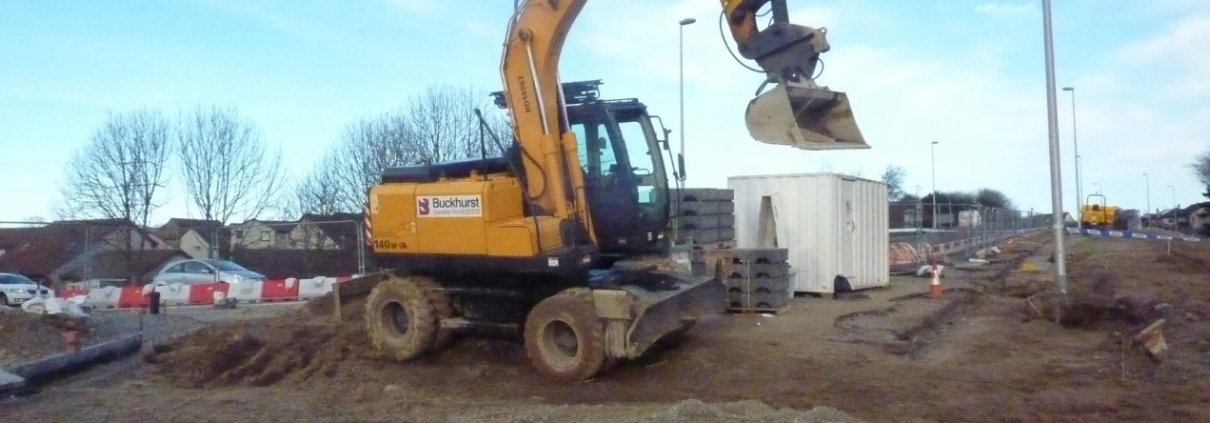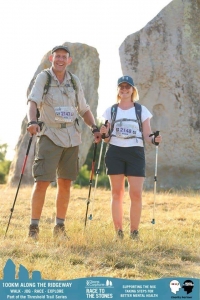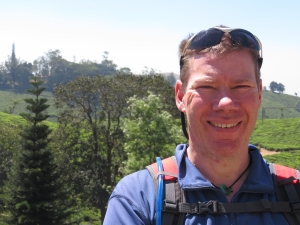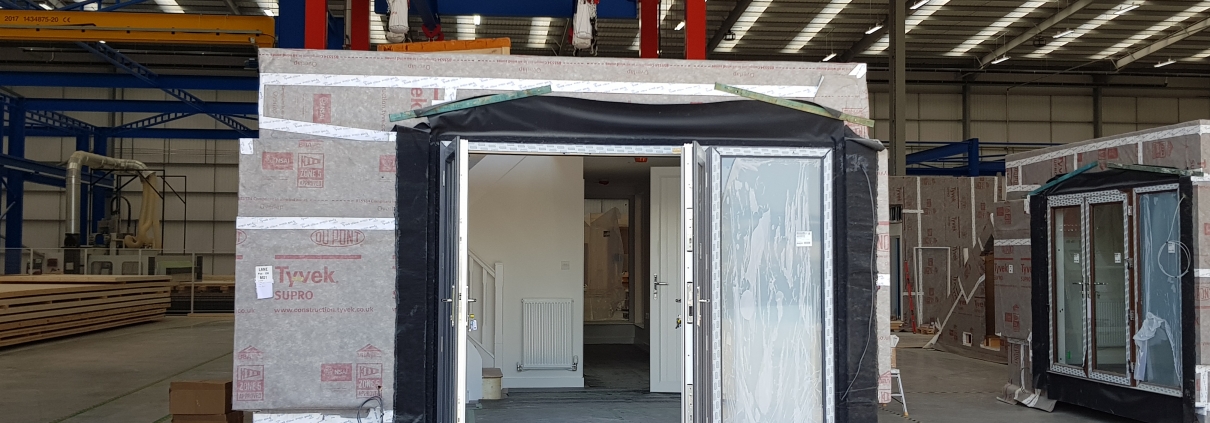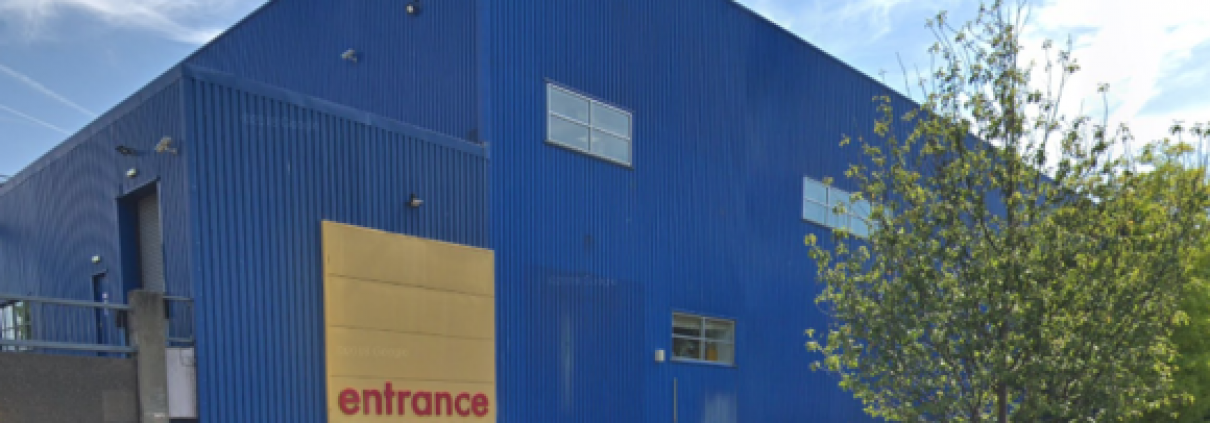Crystal ball gazing is always a difficult sport, but at the beginning of 2019 the view is clouded by the “B word”. With the uncertainties and ramifications laid out in every news bulletin, it’s impossible to predict what shape Brexit might take, or to extrapolate implications for health and safety.
Except, of course, that Brexit is having a braking effect on other aspects of the UK’s legislative agenda. Whether it’s the regime change needed to fully implement the Hackitt Review, or the civil service capacity to respond to the dearth of occupational health provision, or the HSE having to draw up extensive contingency plans on chemical regulation under a no-deal Brexit, the issue of our times is undoubtedly sucking staff resources, time and energy away from other agendas.
Brexit uncertainty will also be affecting business planning cycles at many organisations.
However, according to IT consultancy Verdantix, above-inflation levels of investment are being found for new health and safety management software to help boost compliance – and organisations’ reputational capital, particularly as voluntary reporting initiatives are gaining ground.
Perhaps the underlying economic uncertainty has also dulled businesses’ appetite for accruing management standards accreditations: uptake of the ISO 45001 on health and safety has been “below predictions”. A better economic outlook, and the security that comes with it, might encourage more registrations, although it’s likely that a spurt will only be seen closer to the March 2021 deadline for migration from BS OHSAS 18001.
However, in the context of Brexit, organisations might want to think about ISO 45001 as a form of passport. “Besides the normal business benefits, this is a globally accepted standard. In this era of shifting trading blocks and barriers, it will provide the passport to transcend national boundaries,” says consultant Chris Ward, who helped to draft the standard and now audits to it.
“As the economy inches forward, working lives become longer and technology marches ahead, health and safety can expect to be at heart of them”
Growing use of “disruptive” technology is an inescapable theme for 2019. As we increasingly adopt devices such as the Alexa and Google Assistant at home, the possibilities offered by interactive devices, machine learning and real-time “algorithmic management” fall within reach.
While the overall effect of technology adoption is likely to be positive boosts to productivity, creativity and job opportunities, concerns about the impact on both workers and the resilience of our regulatory framework are beginning to be heard. A report by EU-OSHA argued that new psychosocial and organisational hazards will need better definitions of liabilities and responsibilities, while IOSH has suggested that a code of ethics on the use of robots and artificial intelligence will be needed to ensure that work places remain people-centred.
Of course, mental health, stress and psychosocial risk at work will be a continuing theme. Levels of reported stress, depression and anxiety have been tracking upwards for the past decade; the coming year, likely to be bring more uncertainty and continued “austerity”, is unlikely to buck the trend.
What could change, however, is organisations’ reactions and sense of responsibility. To date, the narrative around mental health has been that it is an individual issue, requiring responses targeted at individuals: from “yogurt and yoga” to telephone counselling to mental health first aid provision.
In 2019, the narrative is expected to broaden, with more awareness of the organisational and social factors that put so many of us at risk. “Responses need to be built into the fabric of the way you do business, it’s not just about buying a commercial product,” says psychologist Dr Joanna Wilde, who sits on the HSE’s Workplace Health Expert Committee.
The coming year will bring interesting times and interesting debates. As the economy inches forward, working lives become longer and technology marches ahead, health and safety can expect to be at heart of them.
1. THE FUTURE OF REGULATION
With Brexit likely to dominate in 2019, IOSH puts in a plea for more focus on the “bread and butter” issues of health and safety regulation. Richard Jones, head of policy and public affairs, says: “We need better compliance with our current legislation through improved guidance, education and enforcement and sensibly plugging existing gaps, such as on occupational exposure limits and fire safety.
“We must also promote understanding that regulation is a social and economic good, helping organisations do the right thing, levelling the playing field and protecting vulnerable workers.”
But Brexit is, of course, inescapable, and Jones has a warning for legislators. “We need to guard against any erosion of occupational safety and health standards post-Brexit and ensure the UK continues to improve,” he adds.
The British Safety Council is also hoping – perhaps optimistically – that 2019 will bring stability rather than legislative upheaval.
Its chair, Lawrence Waterman, said: “In this time of uncertainty, and against a background of rapidly changing working arrangements driven by technology and new forms of employment … it is crucial to recognise the strength of our health and safety system and legal framework.”
“Sodium chlorate is not approved for use in weedkillers, as a safe level of use was not established for operators”
HSE inspector Sarah Dutton
However, the British Safety Council hopes to see some updates, including “ensuring that the legal protections afforded to many workers are extended and properly applied to those working in the ‘gig’ economy”.
Waterman also points to an issue that is gaining more attention: the impact on enforcement of the long lean years of “austerity”. “We wish to see an end to the long squeeze on local authority and HSE budgets. If you hollow out regulators’ ability to enforce the law, talking about legislative improvements is pointless.”
One open question is whether 2019 will bring renewed HSE enforcement on work-related stress and psychosocial risk: anecdotally, members of the regulator’s staff are said to view the possibility positively.
“The conversation is active and everywhere,” notes Dr Joanne Wilde, an organisational psychologist and member of the HSE’s Workplace Health Expert Committee. However, with other priorities claiming the HSE’s attention – did we mention Brexit? – few would actively back that horse.
Another issue to look out for is an earlier-than-planned post-implementation review (PIR) of the CDM Regulations 2015.
Read more here.

